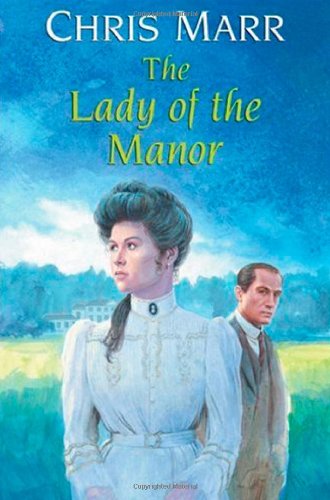The Lady of the Manor
Chris Marr is described as a voracious reader of the Edwardian period with a passion for crime fiction, and his first book is, perhaps unsurprisingly, a crime novel set in 1903.
George Erskine, invalided out of the army after being wounded in the Boer War, has recently married a beautiful debutante, Emily Delsey, and the pair have settled down on her Hampshire estate. But all is not entirely well between them, as Emily, for reasons she does not reveal, will not allow her husband even to enter her bedroom, and the marriage remains unconsummated. Then Emily is found dead in bed, and George is on trial for her murder.
It is a convention of the murder mystery that the obvious suspect cannot possibly have done it, but Mr Marr allows some seeds of doubt to be sown as the trial proceeds, and new evidence arrives in the nick of time in the best Perry Mason tradition. However, perhaps the author has been too influenced by reading American crime fiction. In Edwardian England, no one would ‘take the stand’, they went into the witness box, and while it may be that in America questions of the admissibility of evidence are dealt with in open court and the content is revealed to the jury before it is admitted, in England such matters are dealt with by the judge in chambers, with only the lawyers present.










